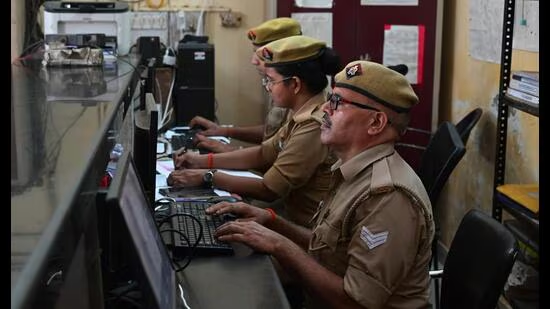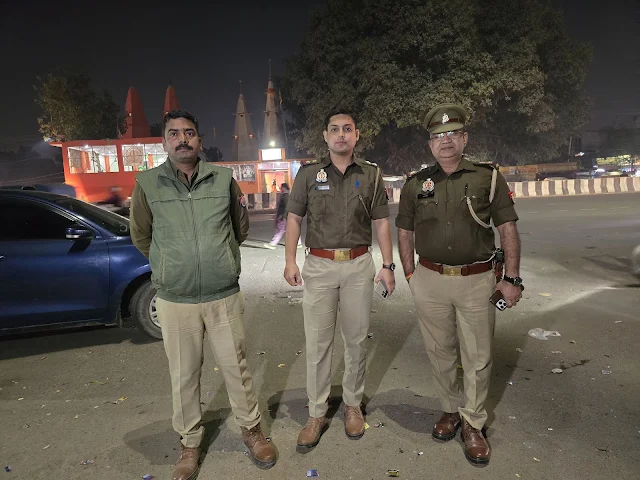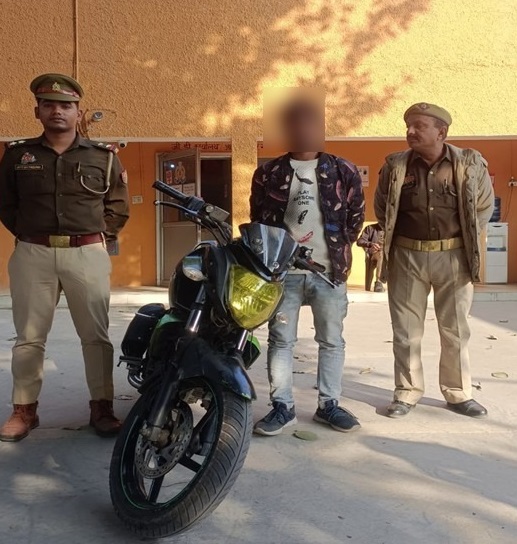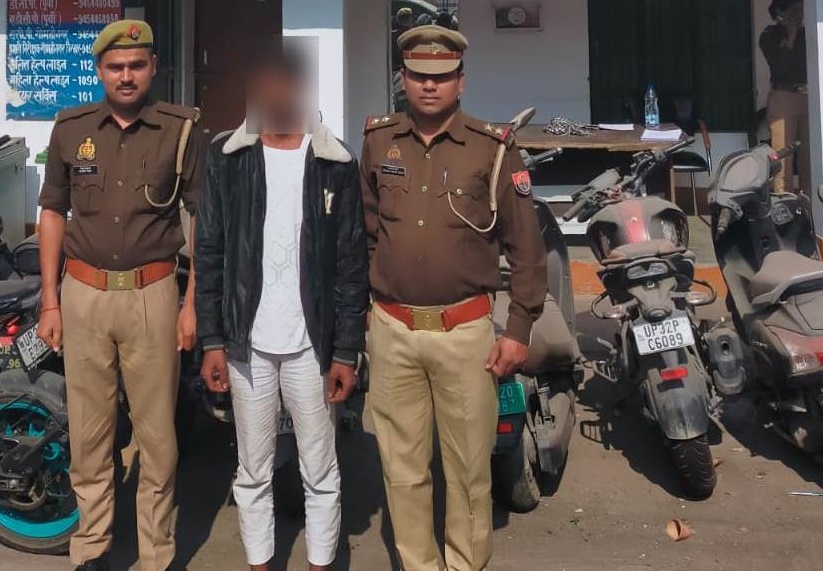Lucknow | The Uttar Pradesh Police’s five-decade-old wireless communication system has undergone a sweeping technological transformation — a move set to make internal communication faster, stronger, and virtually impossible to tap or hack.
The ambitious upgrade, rolled out in the Lucknow Police Commissionerate which enables beat constables, sub-inspectors, and police stations to connect seamlessly through hand-held and static wireless sets — bridging long-standing gaps in the network. The new system will next be implemented in Mathura, given its heavy tourist and temple traffic.
Until now, the wireless sets used by the force had very limited range — hand-held devices could operate only within 1 km, while static sets reached just 3 km. The upgrade has expanded that coverage dramatically, thanks to the installation of eight single-frequency mesh repeaters at high-rise locations across Lucknow. The new network allows communication up to 33 km for portable sets and 34 km for static ones.
A New Era of Connected Policing
For decades, officers on patrol, outposts, and control rooms struggled to coordinate directly, often relying on the district headquarters to relay messages — especially during emergencies. The new system changes that entirely.
The UP Police Telecom Department has fortified the wireless spectrum, modernised existing towers, and replaced decades-old cabling at all police stations in Lucknow. This upgrade now connects every police unit — from beat constables to the DGP headquarters and Home Department — under one seamless communication grid.
Director General of Police Telecom, Ashutosh Pandey, said that ten dedicated teams worked for over two months to identify strategic sites for repeater installation and complete the infrastructure overhaul. “The Lucknow commissionerate is now fully equipped with the new wireless system. The signal quality has improved drastically — earlier there was nearly 70% transmission loss, now it’s down to just 8%,” he said.

Uninterrupted, Unhackable Communication
With the upgrade, 623 static wireless sets, 1,142 hand-held devices, and 95 vehicle-mounted sets in the Lucknow Commissionerate have been integrated into the network, covering 54 police stations and outposts. The system allows senior officers — from the Police Commissioner to the SSP — to communicate with all personnel simultaneously on a common channel.
“The police wireless system is the most secure mode of internal communication. It cannot be intercepted or hacked by any external source,” Pandey assured, adding that while mobile phones became widespread after 2000, network failures in remote areas had long hampered field coordination.
This new system, he said, will ensure “faster, clearer, and more reliable communication,” improving response time during law-and-order challenges, SOS situations, and crime control operations.
Historic Leap After 50 Years
The transformation marks the most significant communication modernisation in the history of UP Police. The force’s wireless system had remained largely unchanged for nearly 50 years — tracing its roots back to the first wireless set used during the 1938 Kumbh Mela in Haridwar, and radio coordination during the 1942 Quit India Movement in cities like Lucknow, Kanpur, Prayagraj, and Ballia.
The latest overhaul signifies a major leap toward smarter policing — blending technology, security, and speed to strengthen one of India’s largest police forces.





